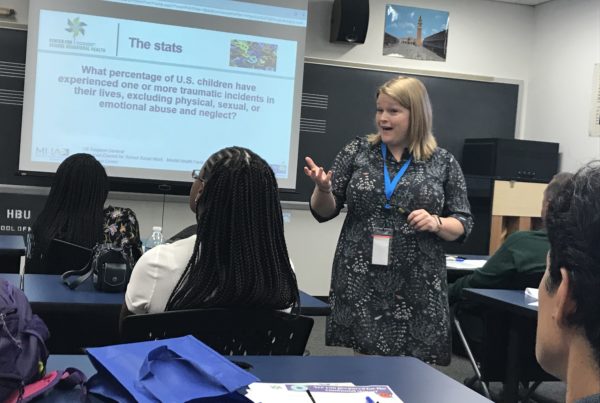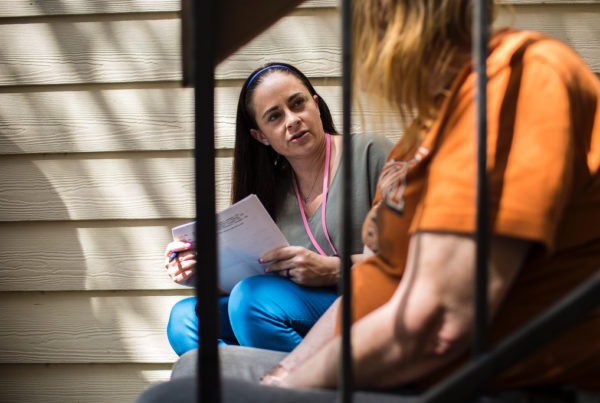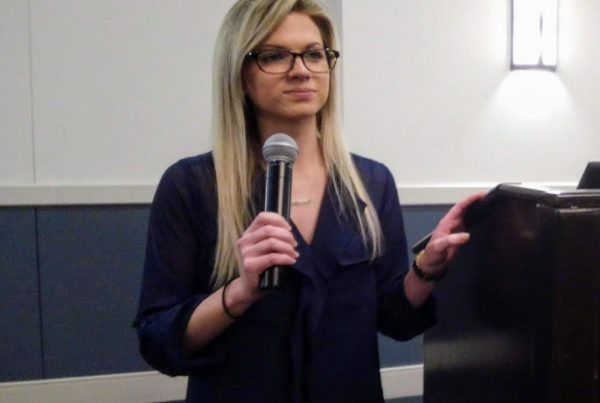As Hurricane Florence neared landfall late last week, the storm was periodically downgraded – first to a Category 4 and then to a Category 3. But meteorologists continuously warned that the storm, which eventually caused mandatory evacuations for more than 1 million people, injured more than 170 and claimed the lives of nearly two dozen, could become increasingly dangerous.
Greg Carbin, chief of forecast operations at the National Oceanic and Atmospheric Administration’s predictions center, explains that hurricane categories are derived from the Saffir-Simpson scale. The scale is based on the wind speed of a storm, and is similar to the Enhanced Fujita (EF) tornado measurement scale.
The measurement, Carbin says, takes into account the damage that the storm is likely to cause, so the stronger the wind intensity, the higher the category.
Carbin says it is very difficult to categorize storms like Hurricanes Harvey and Florence under the same system because of all of the variables in each weather event. He says water is often the reason some storms might hit areas harder than their category might imply. He says flooding and rain can occasionally cause more damage than wind, because the storm surge, and stalled, heavy rainfall leads to long-term flooding.
“If a fast moving hurricane hits the coast, it is probably going to be wind and surge, not much in the way of flooding,” Carbin says. “If it is a slow one, like we just saw with Hurricane Florence, it is going to pose a tremendous challenge in terms of extreme rainfall over the same areas for many days.”
Since each storm carries a variety of hazards, Carbin says the only way to give people a more complete picture of the danger a storm poses would be to take each factor into account. He says this would be difficult, considering how different storms are from one another.
“I don’t think there is really a challenge here as much as trying to cover all of those bases and trying to prioritize which hazards are going to occur over some period of time,” Carbin says. “These are some very challenging questions.”
Written by Acacia Coronado.















